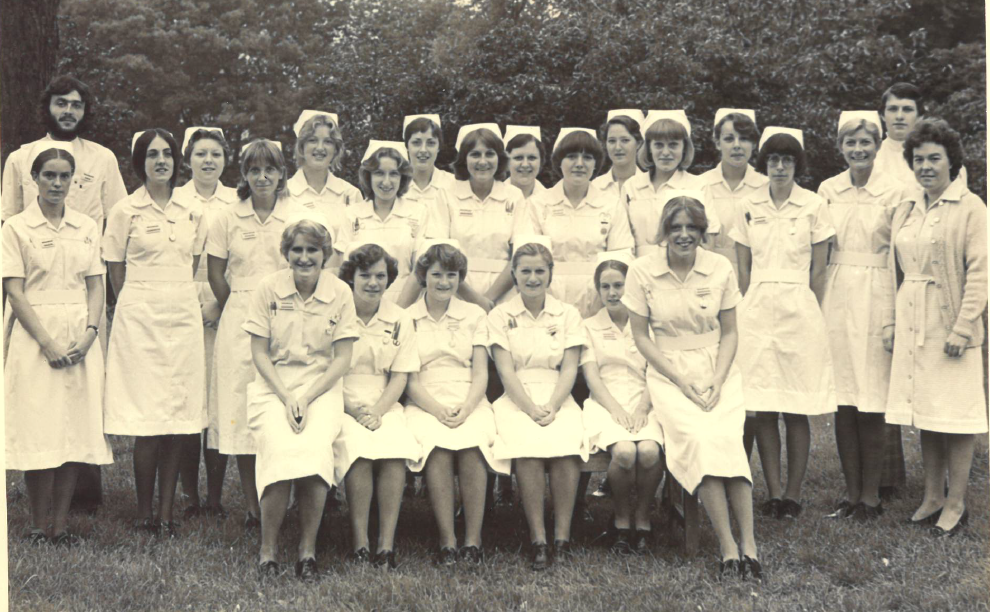
Keith hangs up his uniform after almost 50 years
A nurse who was one of only two men on his training course in 1977 is finally hanging up his uniform after almost 50 years caring for patients.
Keith Kolsteren, 64, has worked at hospitals across Kent, including Buckland Hospital in Dover, the William Harvey Hospital in Ashford, and the Kent and Canterbury Hospital.
He initially thought about a career in banking, but a family friend who was a nursing tutor persuaded him to apply for the course.
He said: “Things are different now but to begin with some patients were apprehensive about having a male nurse caring for them – and some men had the same feelings about female nurses.
“I never want people to feel uncomfortable and will always respect their requests for a female nurse if at all possible.
“I do remember one patient who was adamant she didn’t want me to tend to her needs, but one day there was no female nurse available and she allowed me to give her some assistance, which I did in a very respectful way as I always would and it did allay her fears.”
Keith, who lives near Canterbury, started his training as a cadet at Joyce Green Hospital in Dartford, before moving to Folkestone as a student nurse.
This included a stint working at the old Buckland Hospital, using transport provided by the hospital that meant leaving at 6am to get to work on time.
He said: “Some of the girls really struggled with the early starts and would bring their coffee and toast on the transport so they didn’t have to get up quite so early.
“It was tough if you had a late shift the day before, as you would have to wait for the transport and often didn’t get back until 10pm - making the early morning the next day even more difficult!”
After working in theatres at both the old Ashford hospital and at the new William Harvey Hospital, Keith was drawn to surgical nursing and worked on the surgical floor when it opened after qualifying, first completing a year in the emergency department.
In 1986 he started working nights on Cambridge L which was then orthopaedics, moving across to the elective orthopaedic team on Kings C2 when it opened, before becoming ward manager there.
After progressing his career on the wards, Keith decided it was time for a change and switched to become a transfusion practitioner, providing education and training for all those involved in transfusion from porter to consultant, acting as a link between the pathology department who supply donated blood components and products for transfusion, and the wards who care for the patient receiving it.
He said: “I wanted a change and it was certainly a big change. I realised how little I, and others, knew about transfusion. I have enjoyed being able to help educate people and support them to develop their knowledge and understanding.”
Keith has also been witness to many changes and developments in the NHS, including increasing digitalisation, and changes in practice.
He said: “People having hip or knee replacements would routinely be in for three weeks, and on bedrest for the first week – now they can go home after two or three days.
“A broken leg could mean being in hospital for 12 weeks in traction – then another four weeks after that learning to mobilise before they were discharged. Now we put a nail in their femur and they are up and about the following day.
“We had paper records, but you were allowed to sit in the nursing officer’s office and use the computer if you had to enter data for audits. Now computers and handheld devices are the norm.”
Keith will maintain his links with the NHS, as a committee member of the local branch of the NHS Retirement Fellowship, but also plans to spend more time on his hobbies of baking, family history and photography, as well as enjoying the company of his family and friends, including his grandchildren.